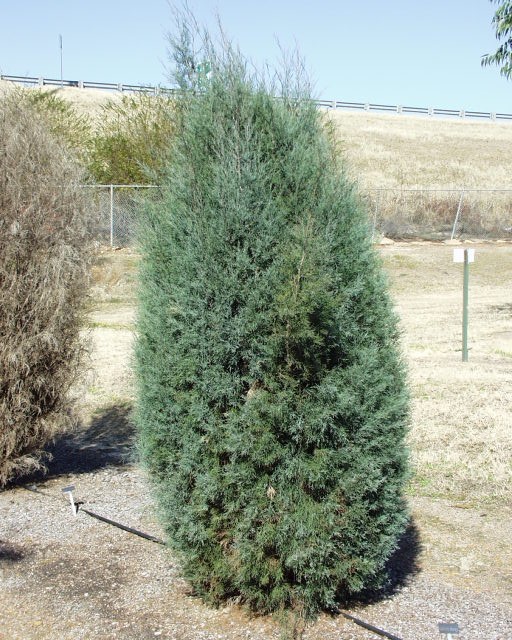Callitris oblonga, as described in 1826 by Louis Claude Marie and Achille Richard in Commentatio botanica de Conifereis et Cycadeis vol. 49, is commonly known as Tasmanian cypress pine, as well as pigmy cypress pine, dwarf cypress pine, and river pine.
Description. Tasmanian cypress pine is a small, bushy, evergreen coniferous species of tree that grows to mature heights of 10 to 15 feet (3 - 5 m) tall.
Distribution. This species is native to Australia - New South Wales and Tasmania, where it can be found growing in sand near banks of streams, and scattered along the escarpment. It is reported to be rare in NSW.
Hardy to USDA Zone 9 (cold hardy to 20 to 30°F / -1.1 to -6.7°C), and well suited for semi-arid steppe and Mediterranean climates.
